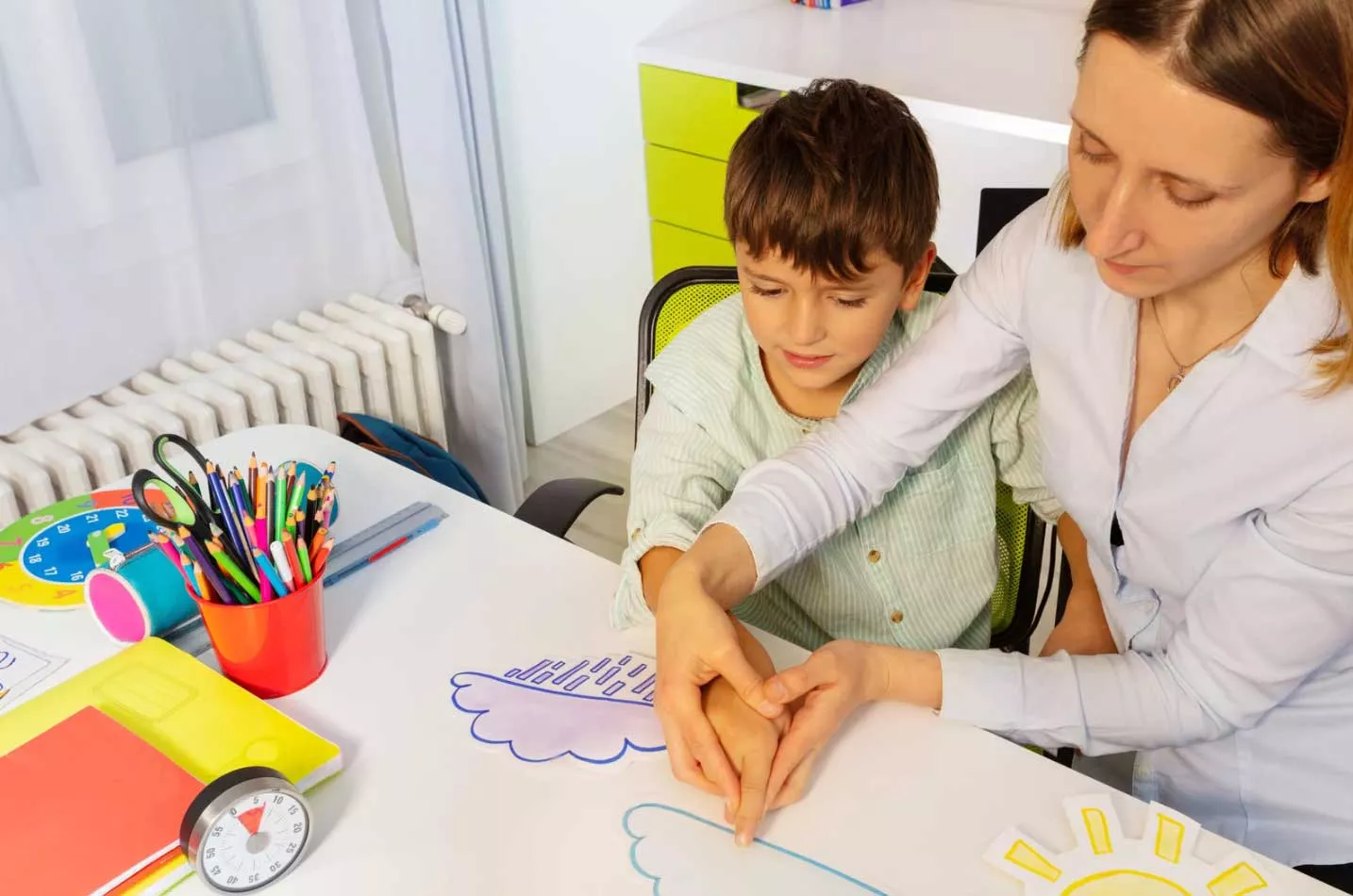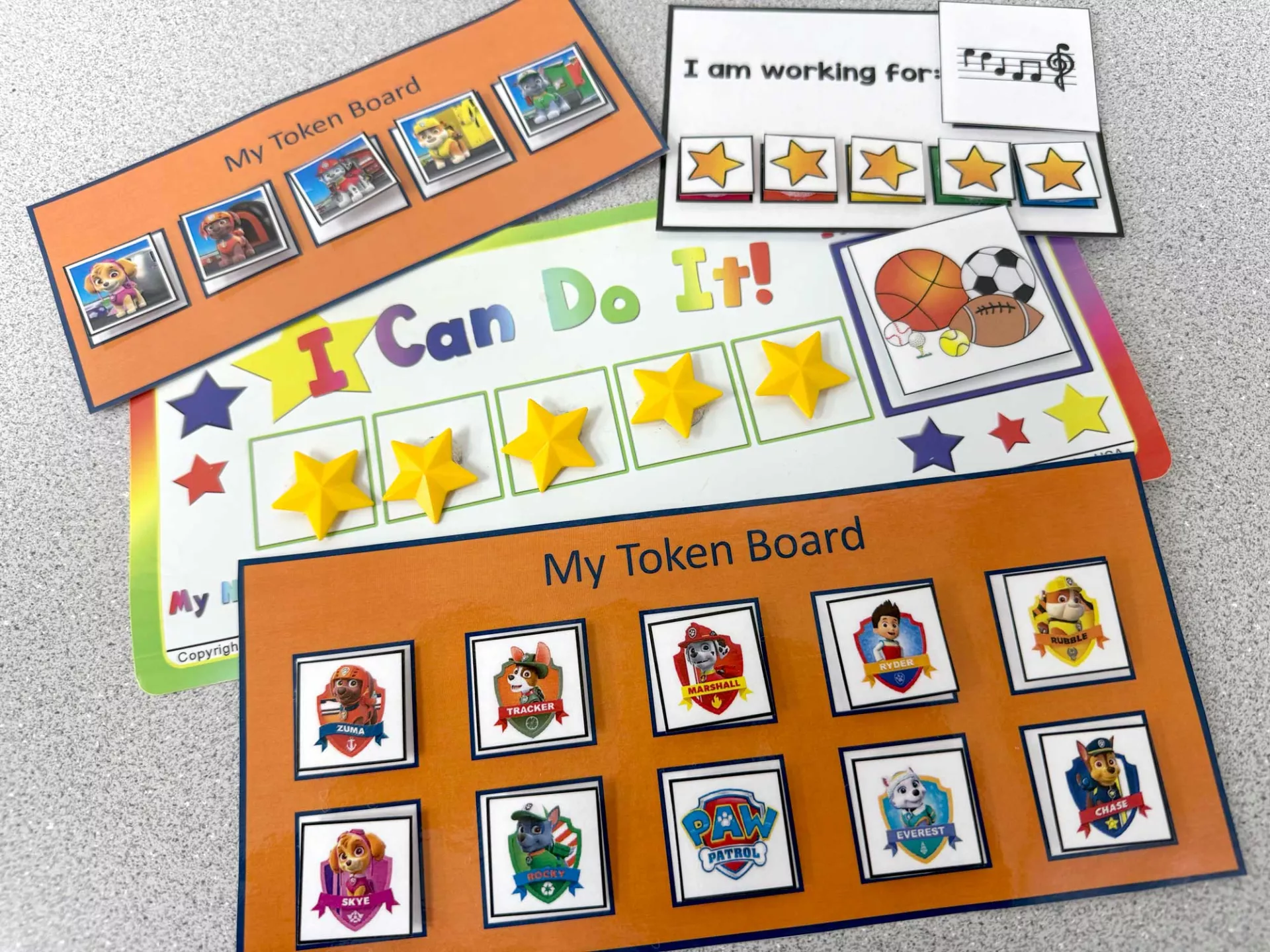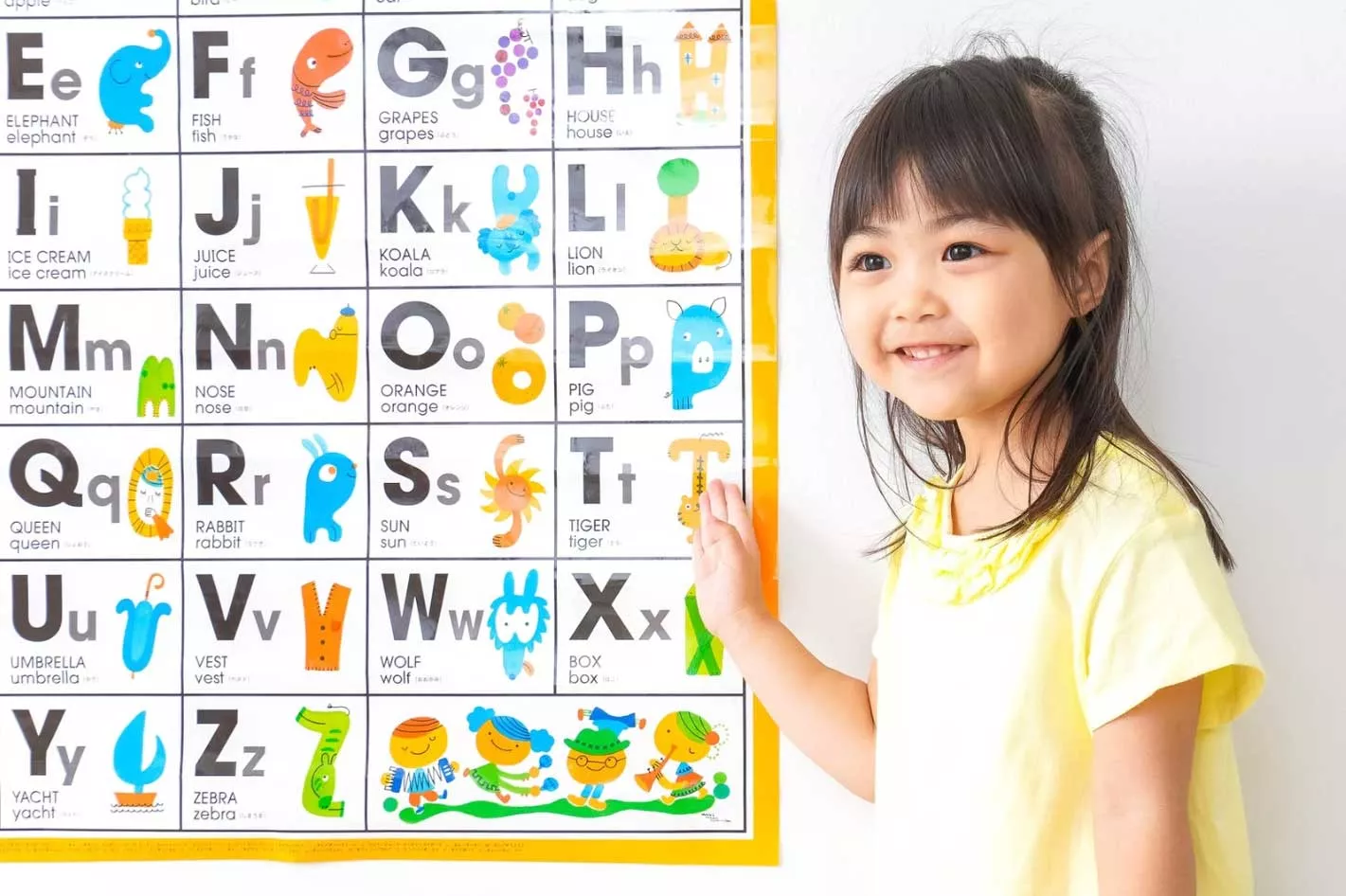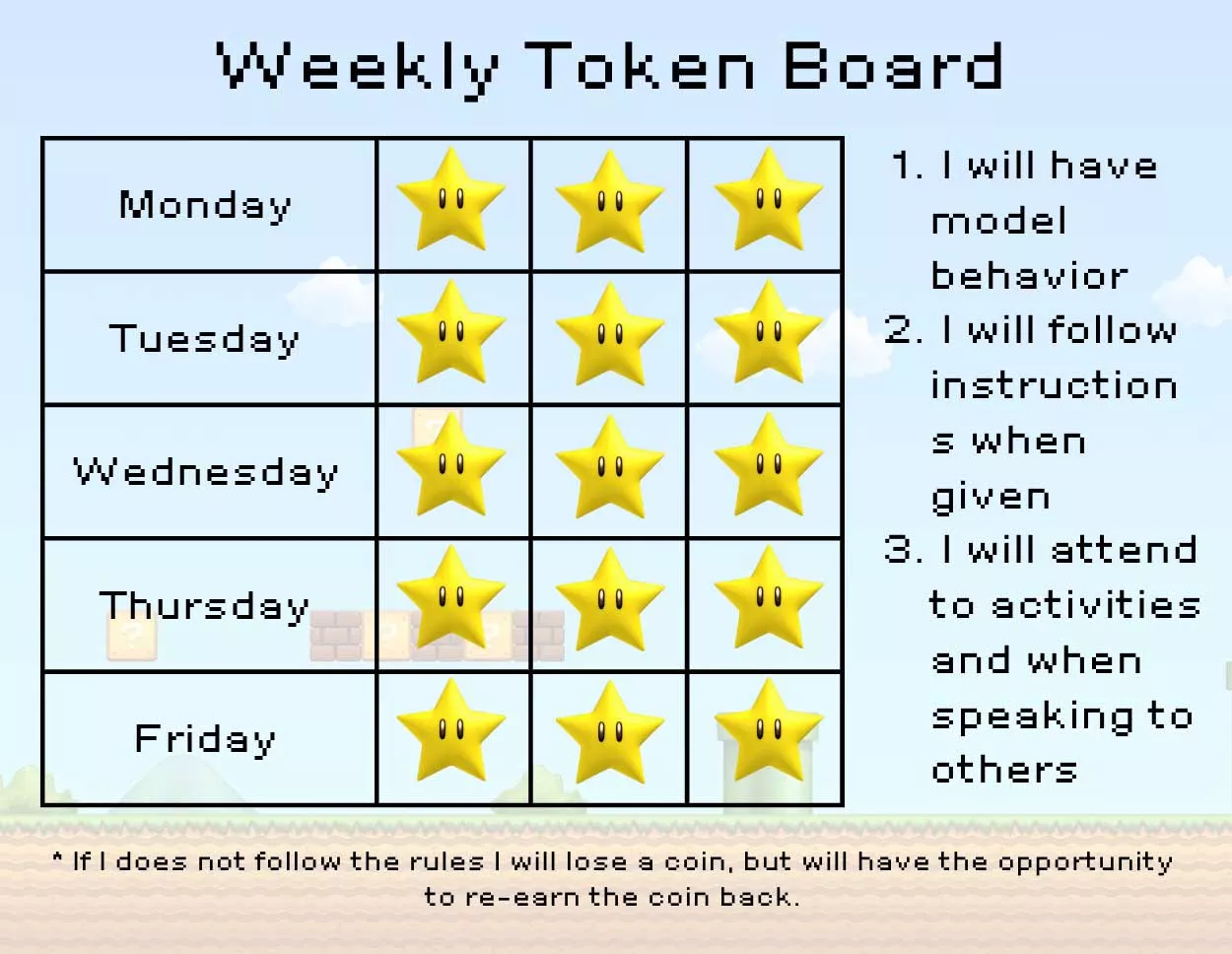
Defining Visual Aids Within ABA Frameworks
Visual supports play an essential role in Applied Behavior Analysis (ABA) therapy by offering structured, nonverbal cues that facilitate understanding and communication for individuals with developmental challenges. Visual aids can include pictorial schedules, token boards, first-then boards, and social stories that help clarify expectations and transitions. These tools are integral for breaking down complex tasks into manageable steps and for reinforcing desirable behaviors with clear, repetitive information. In ABA frameworks, visual supports are defined as any graphics or images that reduce reliance on spoken language by providing a tangible reference to instructions, goals, or positive behaviors. Their usage allows therapists to improve nonverbal communication, ensure consistency in teaching, and promote generalization across different settings.
The role of visual cues in ABA is to simplify communication between therapists, caregivers, and learners. Visual supports help bridge the gap when verbal instruction may be too abstract, ensuring that each step of a task is understood clearly. For instance, a picture schedule can indicate each phase of a morning routine, thereby reducing anxiety and confusion. Visual aids are also beneficial in tracking progress, managing transitions, and providing immediate reinforcement, which is critical in behavior management and skill development.
By clarifying what constitutes a visual support in therapy, ABA professionals establish a common language for interventions. These aids differ from other therapeutic tools in that they do not solely rely on auditory feedback; instead, they integrate visual, tactile, and sometimes digital cues. Additionally, research shows that consistent use of visual supports can lead to enhanced retention of information and faster acquisition of new skills. Overall, visual supports in ABA frameworks promote a mindset of collaboration among therapists, parents, and learners through clear, concise, and tangible representations.
The Role of Visual Cues in Applied Behavior Analysis
Visual cues are central to ABA therapy as they provide immediate and consistent feedback to the learner. They serve as prompts that reduce dependence on memory and verbal instruction, which can be challenging for children with language delays or cognitive impairments. For example, picture exchange communication systems (PECS) enable nonverbal children to express their needs independently. Research indicates that consistent visual cueing can improve task completion rates by over 30%, a statistic that underscores their effectiveness in behavior modification.
How Visual Supports Complement ABA Principles
Visual supports align closely with ABA principles by reinforcing positive behaviors through immediate visual feedback. They allow for the systematic presentation of tasks and rewards, which can be broken down into measurable, discrete steps. This method mirrors operant conditioning strategies prevalent in ABA, where visual reinforcers serve as tangible evidence of progress, thereby motivating learners.
Clarifying What Constitutes a Visual Support in Therapy
A visual support is any graphic-based tool used in therapy. Common examples include visual schedules, social narratives, token boards, and first-then boards. Each of these tools is designed to enhance comprehension of rules, sequences, and routines. These supports are particularly effective for children who struggle with abstract concepts by providing them with concrete, identifiable symbols that can be easily understood and remembered.
Differentiating Visual Supports From Other ABA Tools
Though visual supports are a prominent feature in ABA therapy, they must be distinguished from other tools such as verbal instructions or tactile cues. Unlike purely auditory methods, visual aids offer persistent and unchanging representations of instructions, reducing the need for repetitive verbal clarifications. This helps in building independence in learners while decreasing reliance on constant supervision. With visual supports, the therapy environment becomes structured and predictable, which is essential for effective behavior management and skill acquisition.
Benefits of Visual Tools in ABA Therapy Programs
Visual aids provide numerous benefits in ABA therapy programs. They promote independence by allowing learners to understand and follow routines without constant verbal prompting. Studies have shown that children who use visual supports are more likely to complete daily tasks independently, thereby reducing frustration and increasing self-confidence.
Promoting Independence With Visual Supports for Aba Therapy
Visual supports empower learners by offering clear representations of tasks and expectations. When students see a step-by-step picture schedule, they can often complete tasks independently, reducing the need for direct teacher intervention. Such independence reinforces a positive self-image and promotes autonomy. For many families, the success in using visual supports has led to a notable decrease in challenging behaviors and an increase in task compliance, as the children feel more secure and informed about what is expected of them.
Improving Communication Through Visual Strategies in ABA
Effective communication is pivotal in ABA, and visual strategies significantly enhance this process. Visual aids serve as a bridge between the complex instructions of therapy and the learner’s processing capabilities. For example, a visual communication board can be used to facilitate complex discussions about emotions, allowing caregivers and therapists to express feelings in a more accessible manner. The use of pictures in communication has been found to reduce waiting time for responses and increase clarity among neurodiverse populations.
Reducing Challenging Behaviors With Visual Aids
One of the primary goals of ABA therapy is to reduce challenging behaviors, and visual supports have proven to be highly effective in this regard. These supports provide structure, consistency, and predictability, elements that are often missing in high-stress environments. When learners are provided with a clear visual roadmap of their day, their anxiety decreases, leading to a reduction in problematic behaviors. Empirical studies have correlated the implementation of visual schedules with a 20–40% reduction in behavior incidents among children with autism.
Facilitating Transitions Using Visual Schedules in ABA
Transitions, such as moving from playtime to a structured activity, are frequently challenging for children with developmental delays. Visual schedules can ease these transitions by visually indicating what comes next, allowing time for the learner to prepare mentally. In many ABA programs, the integration of transition-related visual cues has led to smoother shifts between activities and less resistance from the learners. This strategy not only promotes a calming effect but also decreases the likelihood of disruptive outbursts during routine changes.
Supporting Skill Acquisition With Visual Prompts
Visual prompts act as scaffolding for skill acquisition in ABA therapy. They break down complex tasks into understandable steps and provide consistent, repeatable cues that help the learner internalize new behaviors. For instance, a token board can provide immediate feedback each time a desired behavior is displayed, reinforcing the learning process. This method of visual prompting has been shown to improve task accuracy and speed of learning, making it a vital component of effective ABA strategies.
Common Types of Visual Supports Utilized in ABA
Various types of visual supports are used in ABA therapy to cater to individual needs and enhance learning processes. These supports are carefully selected based on the specific requirements of each learner, taking into account factors like cognitive ability, communication level, and personal preferences.
Exploring Visual Schedules for Aba Therapy Routines
Visual schedules are a core component of ABA therapy that provide learners with a visual breakdown of daily activities. They consist of sequential images or icons that represent tasks—such as brushing teeth, dressing, or eating—and help children understand what comes next in their daily routines. This method has been effective in reducing anxiety and preparing learners for transitions between activities. Empirical evidence suggests that children who follow visual schedules have a significant decrease in resistance to change. In practice, these schedules are customized with images that resonate with the child’s interests, making them a highly personalized tool to promote consistency.
Using First-Then Boards in ABA Interventions
First-then boards are simple yet powerful visual supports that help learners visualize the sequence of activities. The board presents a clear message: “First do this, then you can do that.” This approach effectively fosters task engagement and reduces noncompliance by setting clear expectations. For example, a first-then board can be used to indicate “First finish your homework, then you can watch TV,” creating a logical structure that reinforces delayed gratification. Research in ABA consistently shows that structured first-then instructions lead to better task completion rates and lower instances of challenging behavior.
Applying Token Boards as Visual Reinforcement in ABA
Token boards are another critical tool in ABA therapy. They serve as a visual system for reinforcing positive behavior by providing tokens or stickers that represent progress towards a goal. Once a predetermined number of tokens is reached, the learner earns a reward. Studies indicate that token economies can enhance motivation and increase compliance by 25–35%. The visual representation of progress on a token board not only motivates but also builds self-regulation skills, as children learn to track their own performance and anticipate rewards.
Leveraging Social Narratives With Visual Components
Social narratives incorporate visual supports into storytelling to help learners understand social situations and appropriate behaviors. These narratives are written in a simplified manner and paired with corresponding images to describe scenarios such as greetings, sharing, or conflict resolution. By using social narratives, therapists can effectively illustrate abstract social concepts in a concrete way. This method has been shown to improve social skills and increase empathy among learners, encouraging more positive interactions in group settings.
Utilizing Video Modeling as a Dynamic Visual Support
Video modeling is an innovative visual support that uses video recordings to demonstrate desired behaviors. By watching peers or adults perform certain tasks, learners can observe and mimic appropriate actions. Video modeling has a profound impact on behavior acquisition as it provides a real-life context for abstract behaviors. Evidence suggests that children who engage with video modeling interventions show marked improvement in social skills, communication, and overall compliance in structured settings. This method allows for repeated viewings, ensuring that the learner has multiple opportunities to understand and internalize the behavior.
Implementing Visual Strategies in ABA Therapy Effectively
The implementation of visual strategies in ABA therapy requires careful planning, training, and consistency across various environments. It is crucial that both therapists and caregivers understand how to introduce, teach, and fade these supports based on the individual learner’s progress. Successful implementation starts with selecting the most appropriate visual supports tailored to the specific needs of the child. These supports should then be consistently integrated into therapy sessions, home routines, and classroom settings to ensure generalization of skills.
Introducing Visual Supports to Learners in ABA Settings
When introducing visual supports, therapists typically begin with a simple and clear explanation, using both verbal and visual cues. The initial phase of using visual supports involves modeling the use of the support and practicing with the child in a controlled environment. For instance, a therapist might demonstrate how to use a visual schedule during a transition period by showing a picture of each activity and explaining in simple language what each image represents. Repetition and reinforcement are key to ensuring that the learner quickly understands and starts to rely on these visual cues.
Teaching the Use of Visual Aids in Aba Therapy
Teaching the use of visual aids involves step-by-step instruction and guided practice. Therapists often employ techniques such as errorless teaching, where the learner is given multiple chances to respond correctly, and immediate reinforcement is provided for appropriate responses. Over time, as proficiency increases, the frequency of prompts is reduced gradually—a process known as fading—to encourage independent use of visual supports. The use of clear, unambiguous images and consistent routines plays a crucial role in this educational phase. Caregiver involvement, through training sessions in which parents learn to use and maintain visual aids at home, greatly facilitates this transition.
Fading Visual Supports Appropriately in ABA
Fading is the gradual removal of visual aids once the learner has mastered the skill independently. It is a delicate process that requires ongoing data collection and observation to ensure that the learner’s performance remains stable without the visual cue. Therapists might start by reducing the frequency of the aid or using it only in challenging situations. The ultimate goal is to ensure that the learner can perform tasks or transitions without external prompts, thereby increasing overall independence. Systematic fading plans, often documented in individualized education plans (IEPs), help track progress and determine when to modify or remove the support.
Ensuring Consistency With Visual Tools Across Environments
Consistency across various environments—whether it’s at home, school, or therapy centers—is another important factor in the success of visual supports. When the same visual cues are used consistently, learners are more likely to transfer the skills from one setting to another. Coordination among therapists, educators, and caregivers is crucial, and regular meetings or training sessions can ensure that everyone involved adheres to the established protocols. Consistent application not only reinforces the learning but also builds a predictable routine that minimizes anxiety and resistance.
Individualizing Visual Supports for Optimal ABA Outcomes
Individualization is key in ABA therapy. Each learner has unique strengths, challenges, and preferences, so visual supports must be tailored accordingly. This includes choosing images that are meaningful to the child, adjusting the complexity of the visual aid, and adapting the support to the learner’s cultural context. Regular assessments and progress monitoring allow adjustments to be made in real time, ensuring that the visual supports continue to meet the evolving needs of the learner. Individualization leads to better engagement, faster acquisition of skills, and overall enhanced therapeutic outcomes.
Creating Tailored Visual Supports for ABA Interventions
Tailoring visual supports to the unique needs of each learner is a key element for maximizing the effectiveness of ABA interventions. Customized visual aids enhance engagement and understanding by incorporating individual preferences, strengths, and developmental levels. The process of creating tailored supports involves careful planning, design, and implementation, ensuring that each support is both functional and appealing to the learner.
Selecting Appropriate Visuals for an Individual’s Needs
The selection of visuals must take into account the learner’s age, cognitive ability, and interests. For younger learners, bright colors, simple images, and clear symbols are most effective. Conversely, older learners may benefit from more detailed cues that provide additional context. The process often involves trial and error to identify which images resonate best with the learner. Data collection from therapy sessions and caregiver feedback are essential in refining the selection process, ensuring that the visuals chosen promote clear understanding and adherence to routines.
Designing Clear and Uncluttered Visual Aids for ABA
Visual clarity is paramount when designing supports for ABA therapy. Overly complex or cluttered visuals can lead to confusion and reduce their effectiveness. Designers and therapists work collaboratively to create aids that are both aesthetically pleasing and functionally effective. This means using high-contrast colors, sufficient white space, and simple, recognizable icons. Tools like graphic design software help produce digital visuals that can be easily printed or used on digital devices. The goal is to make the visual aid intuitive so that the learner can quickly grasp its meaning without requiring extensive explanation.
Incorporating Learner Preferences Into Visual Support Design
Incorporating learner preferences not only increases engagement but also ensures that visual supports are more effective. When learners are involved in the selection and design process, they are more likely to use and benefit from the supports. This can involve allowing the child to choose from a set of images or incorporating elements that reflect their interests, like favorite characters or colors. Personalizing the visuals fosters a sense of ownership and can significantly boost motivation, leading to a more positive learning experience and improved behavioral outcomes.
Practical Tips for Making Durable Visual Supports
The durability of visual supports is critical, especially in therapy settings where materials are frequently used. Laminating printed visuals, using high-quality materials, and designing supports that are easy to update and modify are practical ways to ensure longevity. Durable supports not only reduce the need for constant replacement but also provide a consistent resource that learners can rely on over time. Collaboration with parents and educators to understand the practical challenges in everyday environments contributes to creating supports that are both robust and effective.
Digital Tools for Crafting Visual Supports for Aba Therapy
The emergence of digital tools has transformed the creation of visual supports in ABA. Software applications and online platforms provide templates and design options that ensure high-quality visuals with minimal effort. These tools allow therapists to quickly modify images based on data or feedback, and digital supports can be integrated into tablets and educational apps for a more interactive experience. Digital visual supports facilitate consistent implementation across multiple settings, ensuring that the learner benefits from a unified approach that spans both physical and digital environments.
Assessing the Impact of Visual Aids in ABA Therapy Outcomes
Evaluating the effectiveness of visual supports is crucial to ensuring that ABA interventions are achieving their intended outcomes. Systematic assessment methods include direct observation, data collection, and caregiver feedback. These methods help determine whether visual supports are improving communication, reducing challenging behaviors, and increasing overall independence in learners. By analyzing this data, therapists can make informed decisions about modifying, maintaining, or fading visual supports over time.
Methods for Tracking Progress With Visual Supports
Tracking progress requires detailed documentation and consistent observation. Many ABA programs use data collection sheets and digital tracking tools to record the frequency and success of visual support use. Standardized assessments and observational checklists are common methods that provide quantitative data on learner improvements. Such metrics might include the number of transitions completed independently or the reduction in inappropriate behaviors when visual aids are used consistently. Using these methods, therapists can evaluate the correlation between visual support implementation and behavioral outcomes, thereby fine-tuning intervention strategies.
Observing Changes in Behavior and Skill Acquisition
Monitoring behavioral changes and skill acquisition is a primary objective of ABA therapy. Visual supports often lead to observable improvements in task completion, communication, and self-regulation. For example, a learner who initially needed frequent prompts may begin to independently follow a visual schedule, indicating increased understanding and retention of the routine. Regular observation and recording of such changes help validate the utility of the visual aids and provide evidence-based justification for their continued use or modification within therapy sessions.
Gathering Feedback on Visual Support Effectiveness
Feedback from caregivers, teachers, and the learners themselves is a vital component of the assessment process. This information is used to understand how well the visual supports are working in real-world settings. Surveys, interviews, and focus groups can provide qualitative data about the learner’s engagement and the clarity of the visual cues. Additionally, collaborative feedback helps refine and customize the supports further, ensuring they remain aligned with the learner’s evolving needs. This integrated approach not only improves the current intervention but also informs future designs and strategies.
Modifying Visual Aids Based on Performance Data in ABA
When data indicates that a visual support is not meeting the desired outcomes, modifications are necessary. Adjustments can include simplifying the visuals, altering the schedule’s layout, or adding additional cues to clarify transitions. This continuous improvement process is essential for maximizing the therapeutic impact of visual aids. Therapists may set predefined review periods during which they analyze collected data and adjust the supports accordingly to better meet the goals of the ABA program.
Long-Term Advantages of Integrating Visual Supports in ABA
The long-term benefits of integrating visual supports in ABA therapy include sustained improvements in independence, better communication skills, and enhanced self-regulation. Over time, learners who consistently interact with high-quality visual aids tend to develop a stronger sense of autonomy and confidence. These benefits extend beyond the therapy setting into everyday life, contributing to improved academic performance and social interactions. Long-term tracking data often show that visual supports help solidify newly learned skills, leading to decreased reliance on prompts and an overall reduction in challenging behaviors.
Table: Comparison of Visual Support Types in ABA Therapy Outcomes
| Visual Support Type | Key Function | Benefit | Average Improvement | Application Setting |
|---|---|---|---|---|
| Visual Schedules | Sequence daily activities | Reduces transitions anxiety | 30% increase in independence | Home, School, Therapy |
| First-Then Boards | Clarifies sequential tasks | Improves task completion rate | 25% improvement | Therapy, Classroom |
| Token Boards | Reinforces positive behavior | Enhances motivation | 35% increase in compliance | Therapy Centers |
| Social Narratives | Explains social situations | Boosts social understanding | 20% improvement | Social Skills Groups |
| Video Modeling | Demonstrates desired behaviors | Increases skill acquisition | 40% faster learning | Digital Platforms |
| Custom Visuals | Tailored images for needs | Enhances engagement | 15% improvement | All settings |
| Digital Supports | Interactive, modifiable visuals | Promotes long-term retention | 28% increase in self-regulation | Home, School, Therapy |
The table above summarizes various visual supports used in ABA therapy by comparing their functions, benefits, average improvements, and typical application settings. This comparative framework helps practitioners select the most appropriate support based on the individual’s needs and observed outcomes.
Frequently Asked Questions
Q: What are visual supports in ABA therapy? A: Visual supports are graphic-based tools such as schedules, boards, and narratives that help clarify tasks, reduce anxiety, and promote independent behavior in ABA therapy settings.
Q: How do visual aids improve independence in children? A: Visual aids provide clear, structured cues that allow children to follow routines independently, reducing the need for constant verbal prompts and enhancing self-confidence while completing tasks on their own.
Q: Can visual supports reduce challenging behaviors in ABA therapy? A: Yes, by providing predictable routines and clear expectations, visual supports can significantly reduce anxiety and challenging behaviors, leading to more positive outcomes and smoother transitions across activities.
Q: What factors should be considered when tailoring visual supports for an individual? A: Factors such as age, cognitive abilities, personal interests, and the specific contexts in which the child operates should be considered. This ensures that the visual supports are both meaningful and effective for the learner.
Q: How is progress measured when using visual supports in ABA therapy? A: Progress is tracked through direct observation, data collection, caregiver feedback, and standardized assessments to determine improvements in task completion, independence, and overall behavior.
Final Thoughts
In conclusion, visual supports are a cornerstone of effective ABA therapy, offering significant improvements in independence, communication, and behavior management for children with developmental challenges.
At Mestre Behavior we provide structured, nonverbal cues that help clarify routines and expectations, leading to enhanced learning and smoother transitions in daily activities. Through careful selection, individualized design, consistent implementation, and systematic assessment, visual aids yield measurable benefits and long-term improvements in therapy outcomes.
Families and practitioners are encouraged to embrace these visual strategies to optimize skill acquisition and foster autonomy, ultimately supporting positive developmental trajectories in children.
If you are in the Miami, Florida area and looking for ABA therapy for your child, contact us today.









